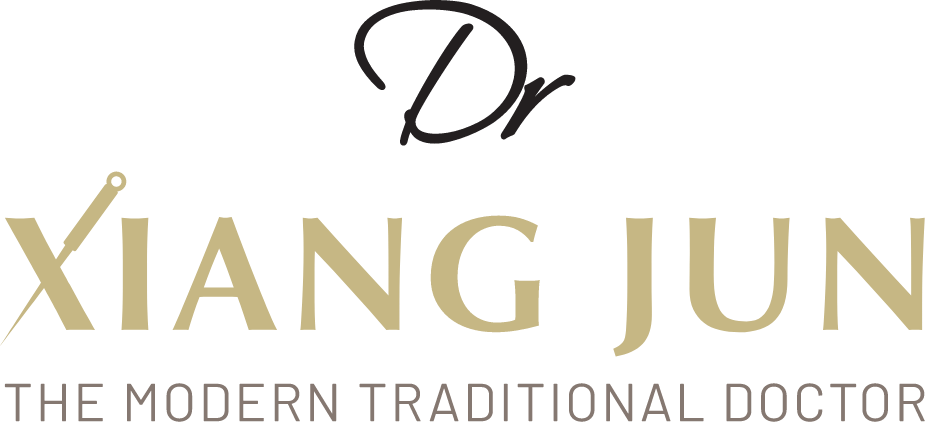Scientific Proof to How your Body react to Acupuncture - Dry Eye Syndrome
Regular sessions of Acupuncture are effective for treating Dry Eye Syndrome.
Dry eye syndrome is a common ocular or eye disorder of the tear film caused by decreased tear
production or increased evaporation. Dry eye syndrome causes significant loss of productivity at work as
there is currently no effective therapy. Currently, the recommended therapy for dry eye syndrome is
artificial tears as lubricants or supplements. However, relief from artificial tears lasts only 30–40 minutes,
and frequent applications are necessary.
Acupuncture has been widely used for the treatment of dry eye syndrome and even Science supports this.
Here are some of the scientific proofs that shows that acupuncture works effectively for Dry Eye Syndrome:
Further reading:
Conclusion: The therapy of dry eye traditionally involved hydrating and lubricating the ocular surface,
which may provide temporary improvement in symptoms of irritation and blurred vision but did not
address the inflammation that is the underlying cause of dry eye.
Acupuncture therapy is effective for the dry eye patients and is better than artificial tear treatment.
The therapeutic effect of acupuncture to dry eye syndrome was from the nervous, hormonal, and
immunological systems which were closely related to the etiology of dry eye syndrome.
Conclusion: Refractive surgery using laser to correct myopia has been widely used but comes with the
risks and complications of dry eye post surgery. Acupuncture is widely used for treatment of
ophthalmologic diseases and it can stimulate the autonomic nervous and immune systems which
stimulate the lacrimal gland to increase its secretion.
Conclusion: Acupuncture has benefits on the mid-term outcomes related to dry eye syndrome compared
with artificial tears. Significant changes were reported in the acupuncture group at 8 weeks after
acupuncture treatment compared with control group artificial tears treatment.




